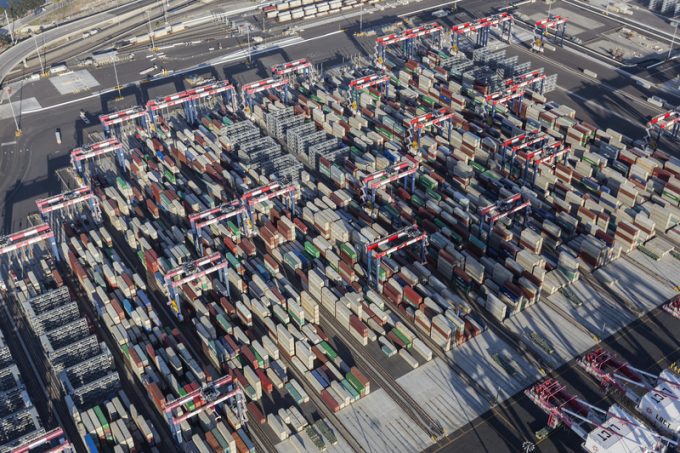'Rollercoaster' Asia to NAWC capacity is increasingly unstable
The Transpacific market is “a rollercoaster ride” according to one major carrier, and data indicates ...
WTC: RIDE THE WAVEFDX: TOP EXEC OUTPEP: TOP PERFORMER KO: STEADY YIELD AND KEY APPOINTMENTAAPL: SUPPLIER IPOCHRW: SLIGHTLY DOWNBEAT BUT UPSIDE REMAINSDHL: TOP PRIORITIESDHL: SPECULATIVE OCEAN TRADEDHL: CFO REMARKSPLD: BEATING ESTIMATESPLD: TRADING UPDATEBA: TRUMP TRADE
WTC: RIDE THE WAVEFDX: TOP EXEC OUTPEP: TOP PERFORMER KO: STEADY YIELD AND KEY APPOINTMENTAAPL: SUPPLIER IPOCHRW: SLIGHTLY DOWNBEAT BUT UPSIDE REMAINSDHL: TOP PRIORITIESDHL: SPECULATIVE OCEAN TRADEDHL: CFO REMARKSPLD: BEATING ESTIMATESPLD: TRADING UPDATEBA: TRUMP TRADE

Like the rest of the world’s economies, the US has been battered by the coronavirus pandemic. But its recent performance, including the almost unprecedented bull run on the transpacific trade over the past few months, seems to defy normal economic logic.
However, as this long read from Quartz explains, there are unique features to the pandemic-induced recession, such as the shutdown of the hospitality and services industry which left consumers who still have jobs with little else to spend their money on than physical goods.
“We’ve had this special combination of macro stimulus (fiscal and monetary) plus possibly (data still coming in on this) a shift in consumption patterns toward traded goods, due to more at-home activity and people moving into new homes needing to be furnished. That spells more imports,” Kathryn Russ, an economist at the University of California, told Quartz in an email. “If our shift toward imports has been more dramatic than in other countries, then that also spells a widening trade deficit.”


Comment on this article